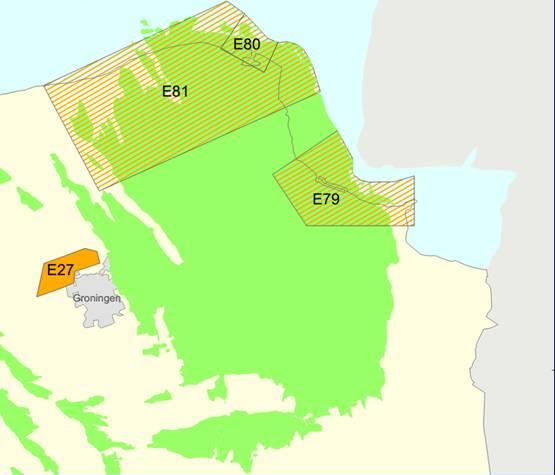Geothermal energy as part of a heat grid | Alexandros Daniilidis
Name: Alexandros Daniilidis
Supervisors:
Prof. M.A. (Rien) Herber, Geo-Energy
Summary of PhD project:
The Flexiheat project aims to link together producers and consumers of heat by establishing a thermal network. This “smart” network will involve three separate locations: Eemshaven, the city of Groningen and Wijster. In two of the locations (Eemshaven and Groningen) geothermal potential has been identified as interesting for possible production. An exploration licence has been granted to the Groningen municipality (E27), while the ones for Eemshaven (Eemsmond municipality & Holland Malt) have been submitted for review (E80 and E81). Other heat flow inputs are waste heat from a gas fired power plant (Eemshaven) and heat from a waste incineration plant (Wijster). Consumers connected to the thermal network will be able to utilize the available energy to heat up greenhouses, for industrial purposes or for district space heating. The project includes four PhD students dealing with the following aspects: Engineering and infrastructure, Business model, Smart control and Geothermal energy.

Geothermal energy
Geothermal energy for direct uses can have a fairly stable heat flow. Therefore it could provide a base load heat component for the network, which will be supplemented with excess heat from other producers (coal-fired power plant, waste incinerator). As a result, the Flexiheat project will make use of environmentally friendly geothermal energy, while at the same time turn a waste stream (heat from other processes) into an energy input.
For geothermal energy, two locations are of interest, Eemshaven and Groningen. In Eemshaven the ideal target formation is the Rotliegend sandstone, which is however not accessible since it locally contains the Slochteren gas field. Alternatively the fractured carbonate reservoir close to the top of the Zechstein salt is aimed for investigating suitability of geothermal energy extraction. For the city of Groningen there are no limitations from other subsurface uses and drilling can reach as deep as the Rotliegend formation, which is locally water bearing. This translates into two separate case studies within the project.

PhD research
The geothermal part of the project requires a closely linked approach between the domains of geology, geophysics, reservoir engineering and energy. The aims of the research are:
-
Determine the optimum drainage level, based on a geological model of the subsurface in the areas of interest.
-
Provide geothermal heat production and thermal power forecasts using finite element modelling of the subsurface, investigating also the intermittent usage of the source.
-
Provide the parameters for well design of a doublet, in cooperation with a drilling company.
-
Design a sensor layout to determine the proximity of the cold-front to the production well.
-
Investigate options to deploy CO2 as the heat transporting fluid instead of water and generate associated heat production forecasts.
| Last modified: | 18 March 2025 12.30 p.m. |
